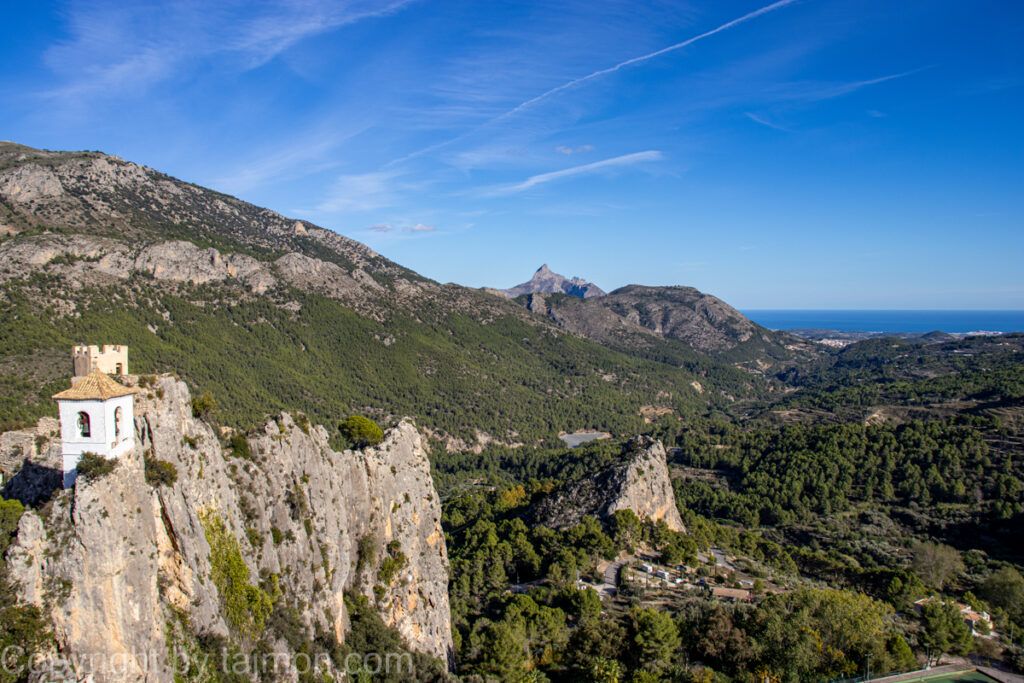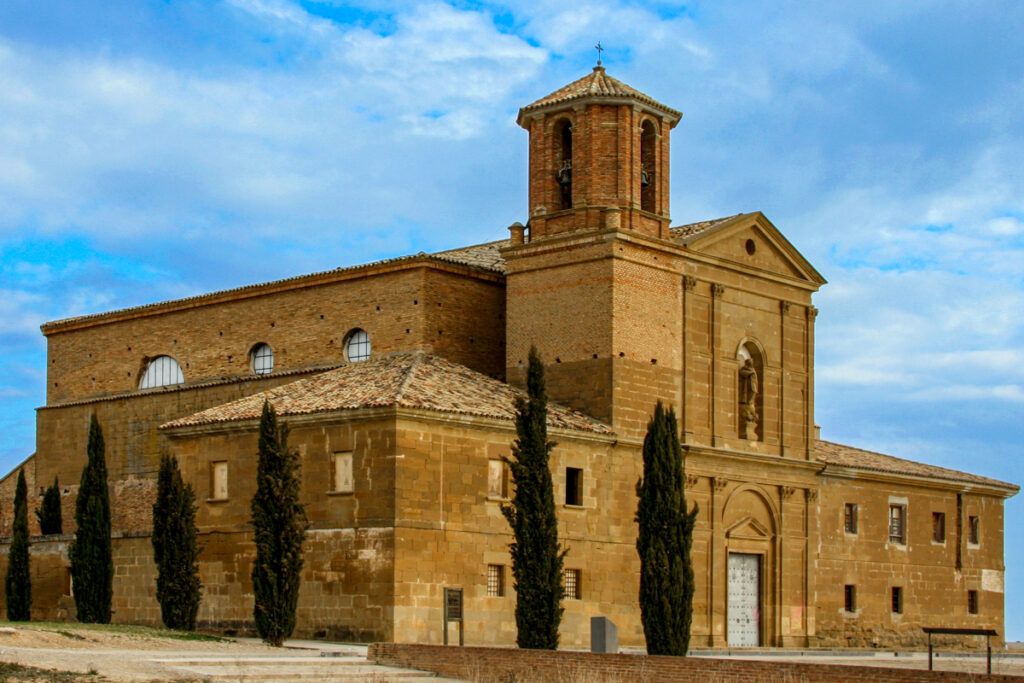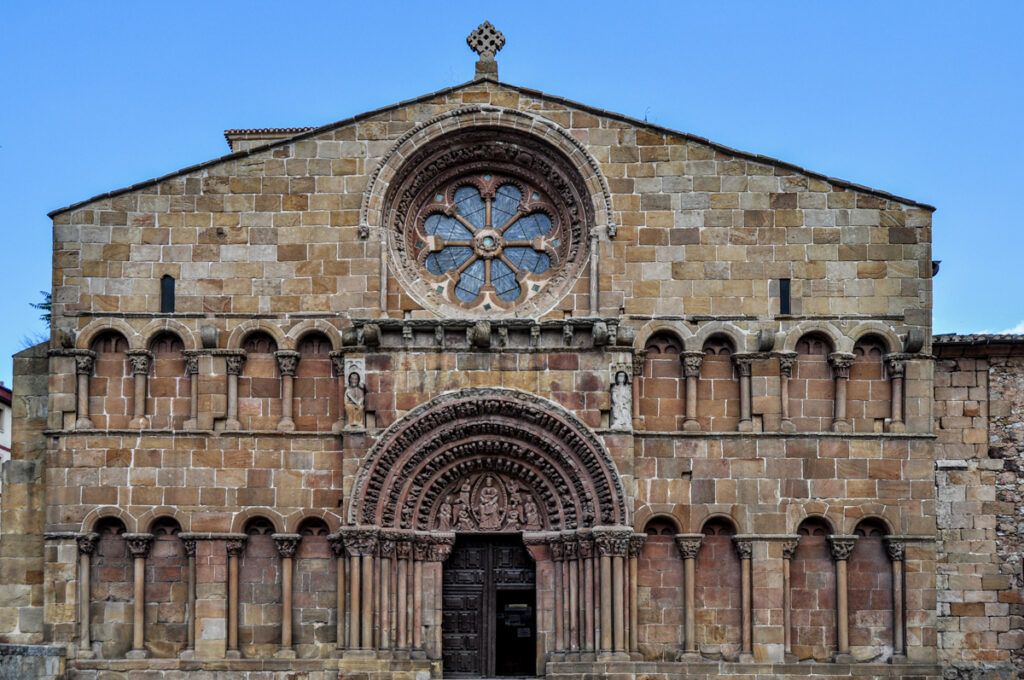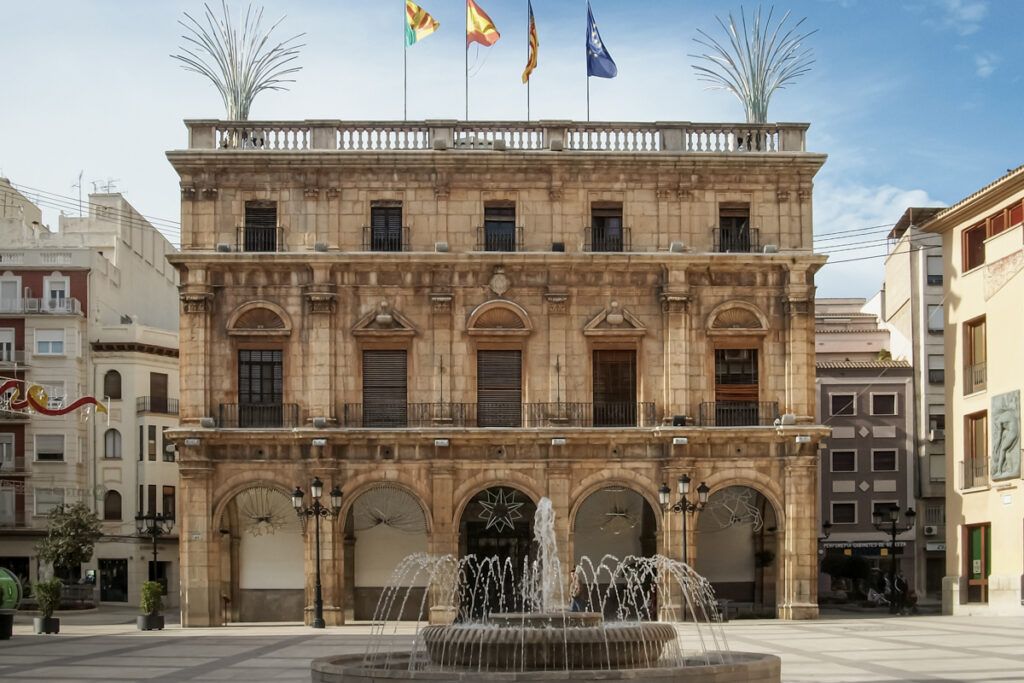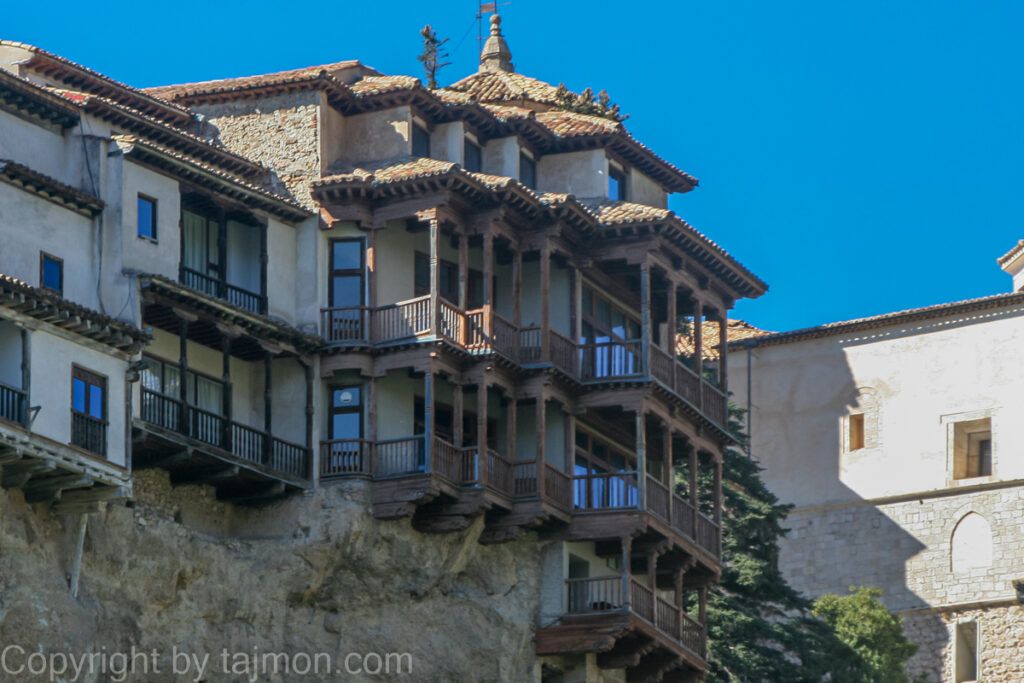History of Guadalest
Guadalest is a town with a rich and interesting history that dates back to Muslim times. The first mentions of Guadalest come from the 10th century when it was an important strategic point in defense against Christian attacks. The name Guadalest comes from the Arabic word “wadi al-lust”, which means “valley of nuts” or “valley of hazelnuts”.
In 1245, Guadalest was conquered by the troops of King James I the Conqueror, who conquered the entire kingdom of Valencia. However, it was not until 1293 that Guadalest was officially granted in fief to Bernardo de Sarrià, a nobleman from Catalonia, who received the title of Baron of Guadalest. This marked the beginning of the period of rule by various aristocratic families over Guadalest, which lasted until the 19th century.
After the death of Bernardo de Sarrià in 1335, Guadalest returned to the Aragonese crown, which sold it to Infante Peter, son of King James II the Just. Then Guadalest passed to his son, Alfonso IV the Conqueror, who was the first Duke of Gandia. After the death of the last Duke of Gandia, Alfonso V the Wise, Guadalest was transferred to the Cardona family, who received the title of Marquis of Guadalest in 1543.
The Cardona family was one of the most powerful and influential in Spain, holding many titles and dignities, such as the Dukes of Cardona, Admirals of Aragon, or Viceroys of Sicily. In addition, Sancho de Cardona, the first Marquis of Guadalest, married Maria Colón y Toledo, the granddaughter of Christopher Columbus, the discoverer of America. The Cardona family ruled Guadalest for over 250 years, until 1699 when the last Marquis, Francisco de Cardona y Colón, died without issue.
After the death of Francisco de Cardona, a long and complicated dispute began over the inheritance of Guadalest, which lasted until 1740 when King Philip V granted the title of Marquis of Guadalest to the Ariza family, who were related to the Cardonas. The Ariza family kept Guadalest until the end of the 18th century when they sold it to the Osorio de Moscoso family, the Dukes of Medina de las Torres.
In 1811, during the War of Independence, Guadalest was occupied by French troops, who looted and destroyed many monuments and buildings. In 1812, Guadalest was liberated by Spanish partisans, who put up fierce resistance to the invaders. In the same year, the Constitution of Cadiz abolished the feudal system and deprived the Marquises of Guadalest of their rights and privileges over the town.
In the 19th century, Guadalest became an independent municipality, administratively subordinate to the province of Alicante. At this time, another family that had a great influence on the fate of Guadalest was the Orduña family, who were alcaldes (viceroys) of the castle from 1669. The Orduña family achieved nobility in 1756 when Pedro Antonio Buenaventura de Orduña y García was admitted to the Order of Santiago. The Orduña family was also politically active, holding various positions and functions in the administration and Spanish parliament. The last representative of this family, Carlos Torres de Orduña, died childless in 1934.
In the 20th century, Guadalest experienced many changes and events that influenced its development and character. In 1953, construction began on a dam on the Guadalest river, which created a reservoir, supplying water to the entire Marina Baixa region. The dam was completed in 1971 and became one of the main tourist attractions of Guadalest. In 1974, Guadalest was recognized as a historical-artistic ensemble, which highlighted its cultural and aesthetic value. In 2015, Guadalest joined the association of the Most Beautiful Villages of Spain, which promotes and protects the heritage and charm of small towns in the country.
Translate into English: Guadalest is therefore a town with a rich and interesting history, which is reflected in its architecture, culture, and traditions. Visiting Guadalest, you can admire the traces of different eras and people who lived here and shaped its fate. Guadalest is not only a beautiful landscape but also a witness to the history of Spain.
